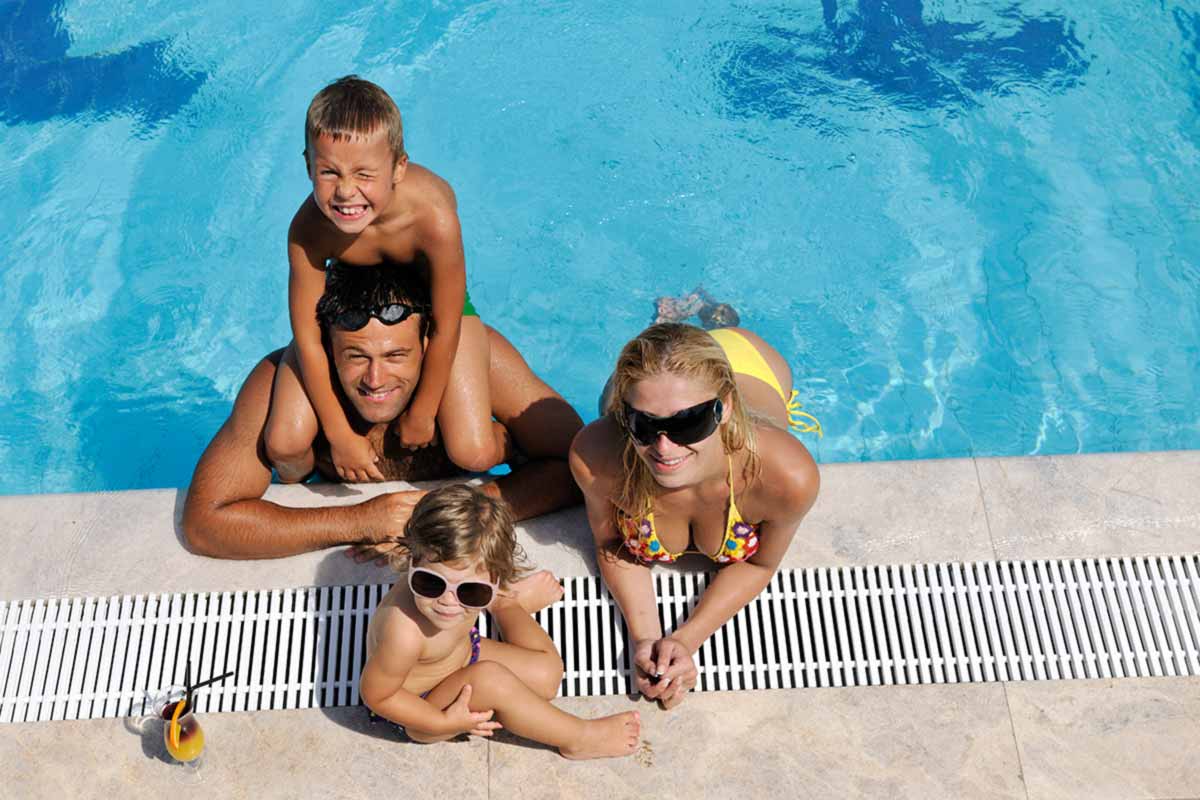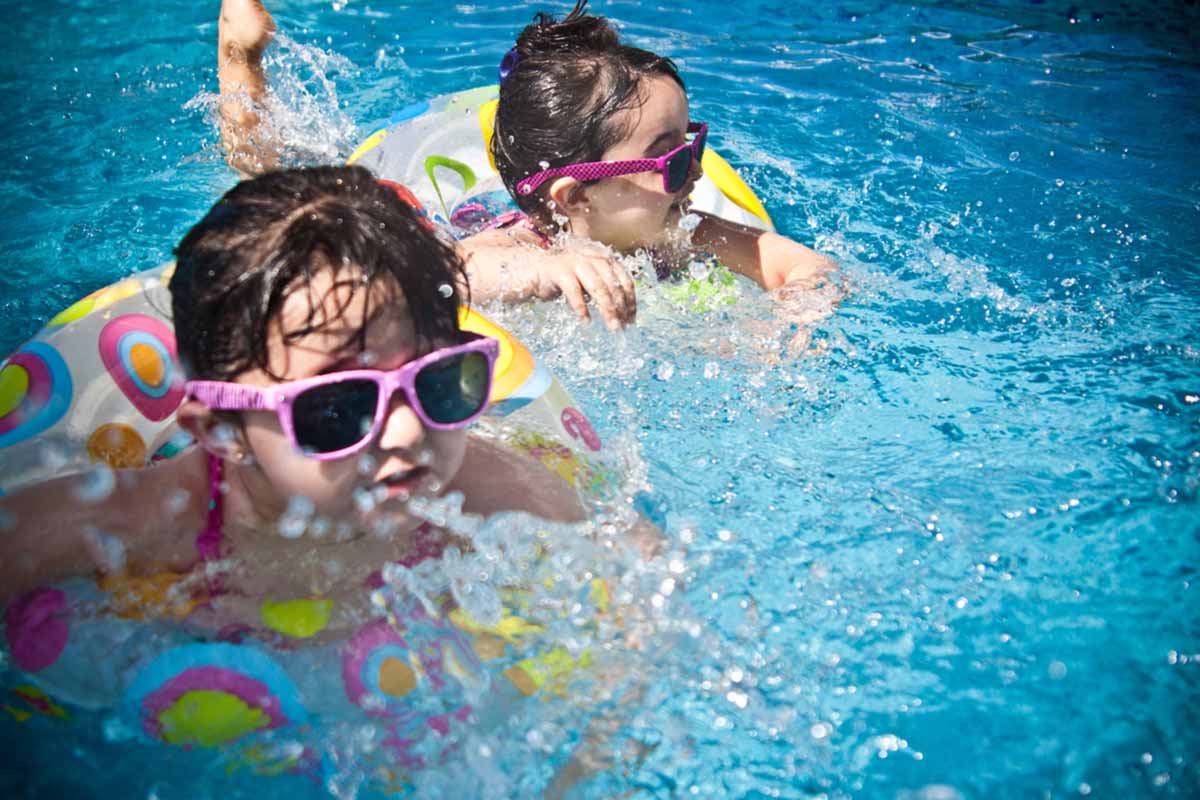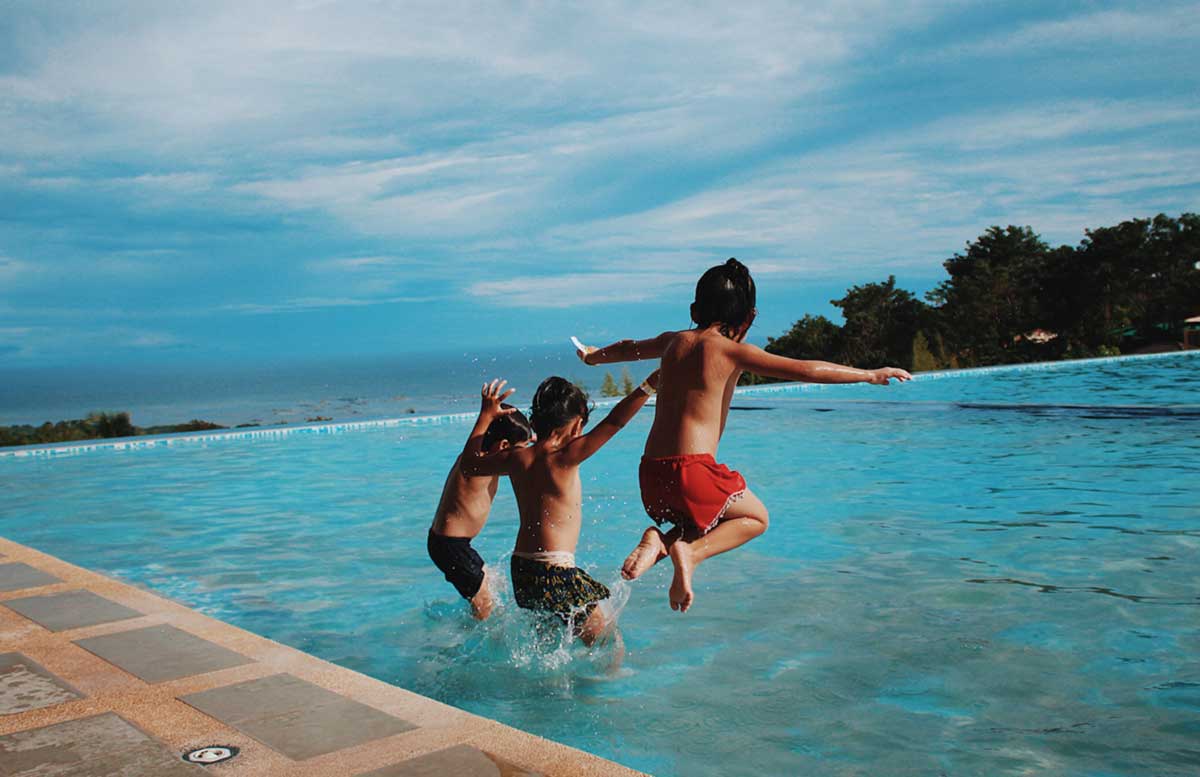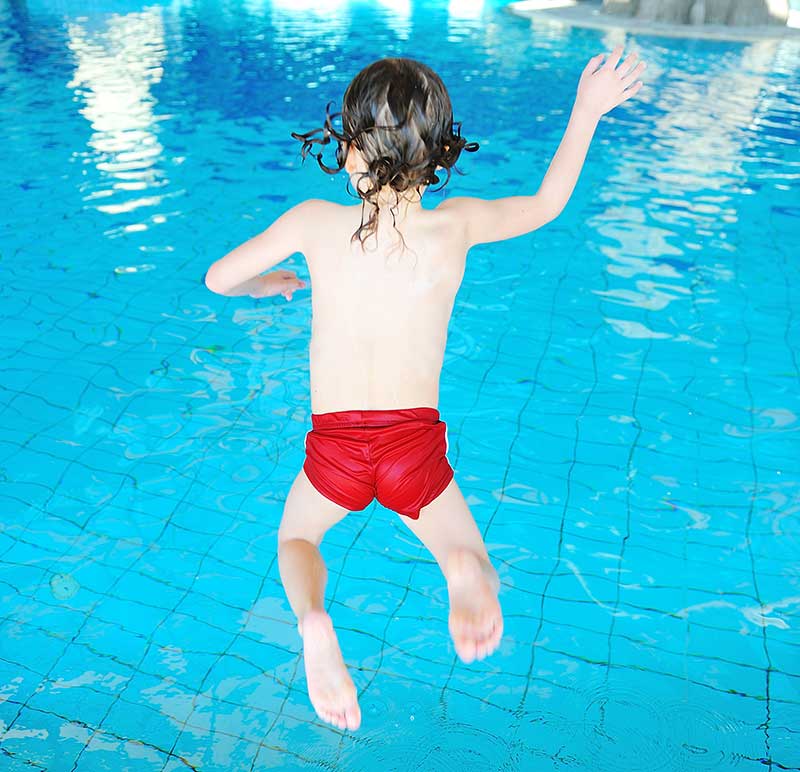It may feel somewhat strange to talk about drowning in pools at this time of year, not least because our season has not yet begun.
However, this is the best time to start looking at how ”you the operator” by participating in the Certified Pool and Spa Operator (CPO) training course can help to prevent drowning.
The CPO gives you all the tools required to implement better Health & Safety procedures and assist you in avoiding any drowning or other accidents in your pool.
Remember, you cannot plan an accident, time an accident, or stop an accident from happening, but you can implement the proper procedures to do everything possible to protect people from drowning.

In the United States:
- More children ages 1–4 die from drowning than any other cause of death except congenital disabilities.
- For children ages 1–14, drowning is the second leading cause of unintentional injury death after motor vehicle crashes.1
While children are at higher risk, anyone is at risk.
Every year in the United States, there is an estimated:
- 3,960* fatal unintentional drownings, including boating-related drowning—an average of 11 drowning deaths per day.
- 8,080† non-fatal drownings—an average of 22 per day.
Non-fatal drowning can result in long-term health problems and is expensive hospital stays (the USA only).
- For each child that dies from drowning, a further eight receive emergency department care for non-fatal drowning for every child who dies from drowning.
- More than 40% of drownings treated in emergency departments require hospitalization or transfer for further care (compared with 8% for unintentional injuries).
- Drowning injuries can cause brain damage and other serious outcomes, including long-term disability.
These people have a higher risk of drowning.
Children
Children aged 1–4 years have the highest drowning rates. Most drownings in children 1–4 years happen in swimming pools. Drowning can happen anytime, including when children are not expected to be near water, such as when they gain unsupervised access to swimming pools. Fatal drowning is the second-leading cause of unintentional injury death behind motor vehicle crashes for children ages 1-14 years.
Males
Nearly 80% of people who die from drowning are male. Many factors might contribute to higher drowning rates among males, including increased exposure to water, risk-taking behaviours, and alcohol use.
People with seizure disorders or certain medical conditions
People with seizure disorders such as epilepsy are at a higher risk of fatal and non-fatal drowning than the general population. Drowning is the most common cause of unintentional injury death, with the bathtub being the most common site of drowning for people with seizure disorders. Other medical conditions such as autism and heart conditions are associated with a higher risk of drowning.

Certain factors make drowning more likely.
It is not being able to swim.
Many adults and children report that they can’t swim or are weak swimmers. Participation in formal swimming lessons can reduce the risk of drowning among children and young adults.
Missing or ineffective fences around the pool.
Barriers such as pool fencing prevent young children from gaining access to the pool area without caregivers’ awareness. A four-sided isolation fence that separates the pool area from the house and yard reduces a child’s risk of drowning by 83% compared to three-sided property-line fencing (which encloses the entire area but does not separate the pool from the house).
Lack of close supervision
Drowning can happen quickly and quietly anywhere there is water, especially to unsupervised children. It happens in lakes and oceans, pools, bathtubs, and even buckets of water. Drowning can occur when lifeguards are present.
Location
The highest risk locations for drowning vary by age. Among infants under 1-year-old, two-thirds of all drownings occur in bathtubs. Most drownings happen in home swimming pools among children ages 1–4. More than half of fatal and non-fatal drownings among people 15 years and older occur in natural waters like lakes, rivers, or oceans.
They were not wearing life jackets.
Life jackets can prevent drowning during water activities, especially boating and swimming. The U.S. Coast Guard reported 613 boating-related deaths in 2019—79% of these deaths were drowning related, and of those who died from drowning, 86% were not wearing life jackets.
Drinking Alcohol
Among adolescents and adults, alcohol use is involved in:
- up to 70% of deaths associated with water recreation,
- nearly 1 in 4 emergency department visits for drowning, and
- about 1 in 5 reported boating deaths.
Alcohol impairs balance, coordination, and judgment, increasing risk-taking behaviour.
Using drugs and prescription medications
Certain medications can increase the risk of drowning. Typically psychotropic drugs are prescribed for depression, anxiety, bipolar disorder, schizophrenia, and other conditions. Side effects from these medications can be similar to the effects of alcohol. Including difficulty thinking clearly and decreased motor skills.34 Other drugs and prescription medications might also increase drowning risk.
*An average of 3,957 unintentional drowning deaths occurred each year from 2010 to 2019.
† An average of 8,080 estimated emergency department visits due to non-fatal drowning occurred each year from 2010–2019 (excludes boating-related non-fatal drowning).
Comments are closed.









